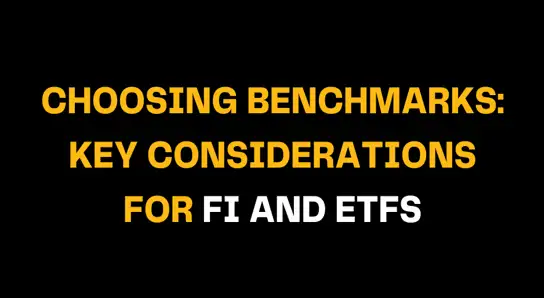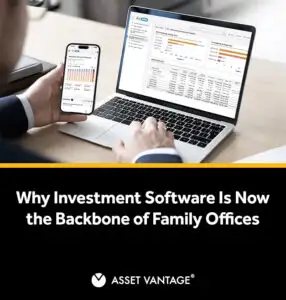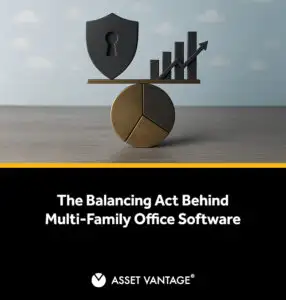Read Time4 Mins
As an investor, choosing the right benchmarks for your investments is crucial. Benchmarks serve as a comparison tool to measure the performance of your investments against a specific index. For fixed income (FI) and exchange-traded funds (ETFs), the benchmark selection process can be a bit more complex due to the variety of asset classes and investment strategies available.
We will discuss key considerations for choosing benchmarks for FI and ETF investments.
1.Asset Class
The first consideration when choosing a benchmark is the asset class you are investing in. Each asset class has its own set of benchmarks that measure performance. For example, the benchmark for US Treasury Bonds is the Bloomberg Barclays US Treasury Bond Index, while the benchmark for US Large Cap Equities is the S&P 500 Index. It’s important to choose a benchmark that accurately reflects the asset class and investment strategy you are pursuing.
2.Investment Strategy
The investment strategy is another critical consideration when selecting a benchmark for your FI or ETF investment. The benchmark you choose should be aligned with your investment strategy, whether that be growth, value, income, or a combination of strategies. For example, if you are investing in a bond ETF that focuses on high-yield bonds, the benchmark should reflect that strategy, such as the ICE BofAML US High Yield Master II Index.
3.Index Construction Methodology
The index construction methodology is also an important factor to consider when selecting a benchmark. Some benchmarks are market-cap weighted, meaning they give more weight to companies with larger market capitalizations. Others may be equal-weighted or based on other factors, such as dividend yield or growth potential. Understanding the index construction methodology can help you select a benchmark that aligns with your investment strategy.
4.Accuracy and Reliability
Accuracy and reliability are crucial when selecting a benchmark. The benchmark should provide an accurate representation of the asset class or investment strategy you are pursuing. Additionally, the benchmark should be reliable, with consistent data and a long-term track record. It’s essential to choose a benchmark that has been widely accepted and used by industry professionals.
5.Cost
Finally, cost is an important consideration when selecting a benchmark for your FI or ETF investment. Some benchmarks may require additional fees or licensing costs, which can eat into your investment returns. It’s important to consider the overall cost of using a particular benchmark when making your selection.
In conclusion, choosing the right benchmark for your FI or ETF investment requires careful consideration of several key factors, including asset class, investment strategy, index construction methodology, accuracy and reliability, and cost. Selecting the appropriate benchmark can help you accurately measure the performance of your investments and make informed investment decisions. As always, it’s important to do your research and consult with a financial professional to ensure that you are making the best investment decisions for your specific situation.







